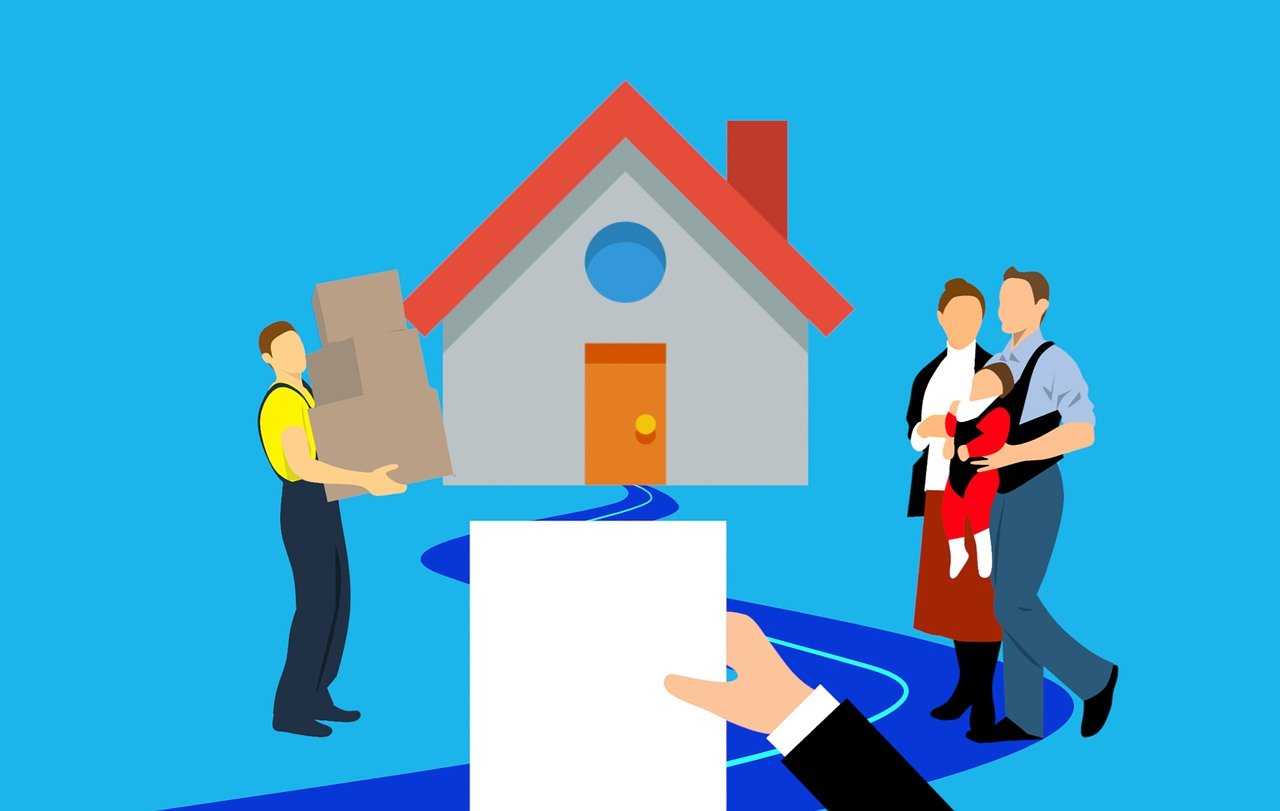Are you ready to take the big step towards homeownership? Getting a mortgage is a crucial part of the process. While it may seem like a complex and daunting task, this step-by-step guide will help simplify the process and make it more manageable. Let's dive in:
Step 1: Assess Your Financial Situation
Before you start the mortgage application process, you need to have a clear understanding of your financial situation. Take a close look at your income, expenses, credit report, and savings. Calculate how much you can afford to spend on a home, including monthly mortgage payments, property tax, and insurance.
Step 2: Check Your Credit Report
Your credit score plays a significant role in determining with whom and if you'll get a mortgage. Request a credit report and make sure there are no errors. If your score needs improvement, work on boosting it by paying off outstanding debts and making timely payments.
Step 3: Save for a Deposit Payment
Most lenders require a down payment, typically ranging from 10% to 20% of the home's purchase price. The more you can put down, the better the terms of your mortgage may be. Start saving for a down payment well in advance.
Step 4: Research Mortgage Options
There are two main types of mortgages available, fixed-rate and variable-rate. Research the options and choose the one that best suits your financial situation and goals.
Step 5: Get Pre-Approved
Getting pre-approved for a mortgage is a critical step. It gives you a clear idea of how much you can borrow and helps you narrow down your home search to properties within your budget. Contact a Mortgage broker to start the pre-approval process.
Step 6: Shop Around for Lenders
Don't settle for the first lender you find. Shop around to compare interest rates and terms. Mortgage brokers can help you get multiple quotes, enabling you to make an informed decision.
Step 7: Gather Necessary Documents
Lenders will require various documents to process your mortgage application, including pay slips, ID bank statements, and proof of address. Be prepared to provide these documents promptly to keep the process moving smoothly.
Step 8: Complete the Mortgage Application
Once you've chosen a lender, complete the mortgage application thoroughly and accurately. Double-check all information to ensure there are no errors.
Step 9: Undergo a Home Valuation
Once a suitable property has been identified the lender will require a home valuation to ensure the property's value matches the loan amount. They will order a valuation to confirm the home's worth.
Step 10: Wait for Loan Approval
After you've submitted your application and necessary documents, the lender will review your application and may ask for additional information or clarification. This can take some time, so be patient.
Step 11: Closing the Deal
Once your mortgage is approved, you'll move to the closing process. This involves signing various documents, paying costs, and getting the keys to your new home.
Step 12: Make Timely Payments
Congratulations, you're now a homeowner!
Remember to make your mortgage payments on time to maintain good credit and ensure a smooth experience.
Getting a mortgage is a significant financial decision, and it's important to take your time, do your research, and work with professionals who can guide you through the process. With careful planning and the right information, you can achieve your dream of owning a home.

